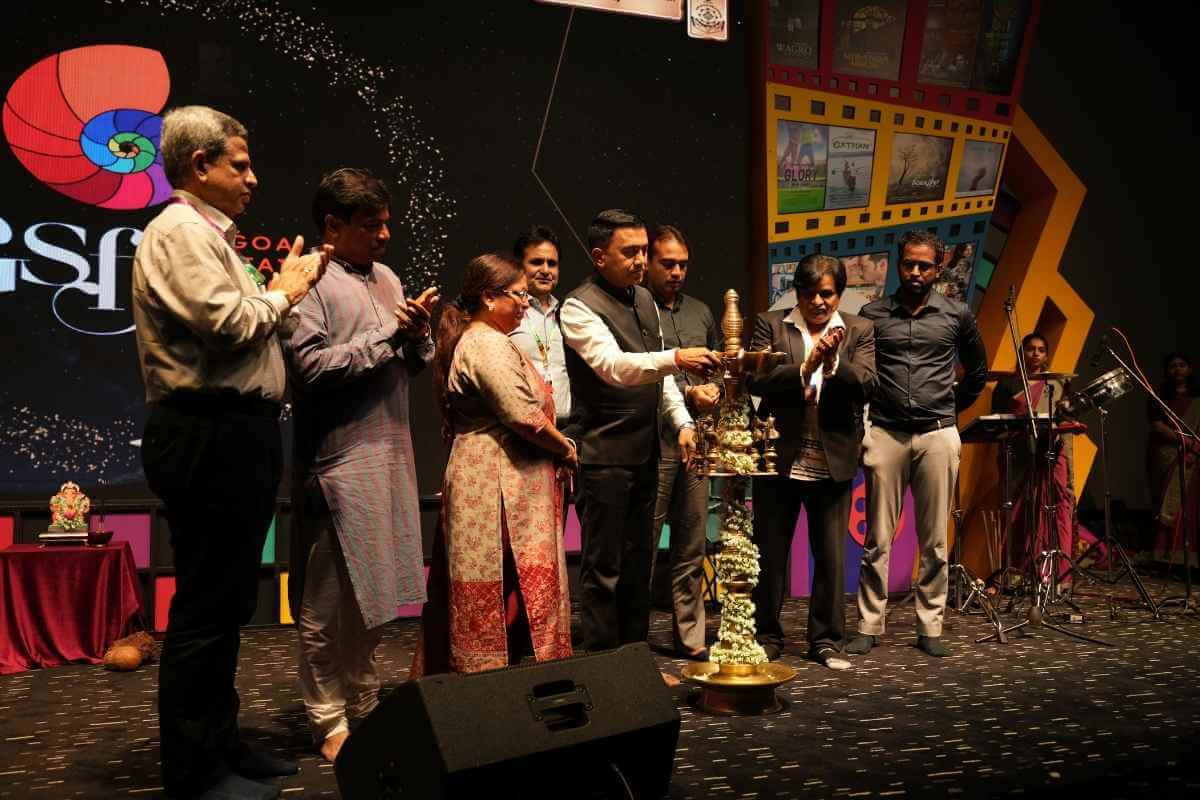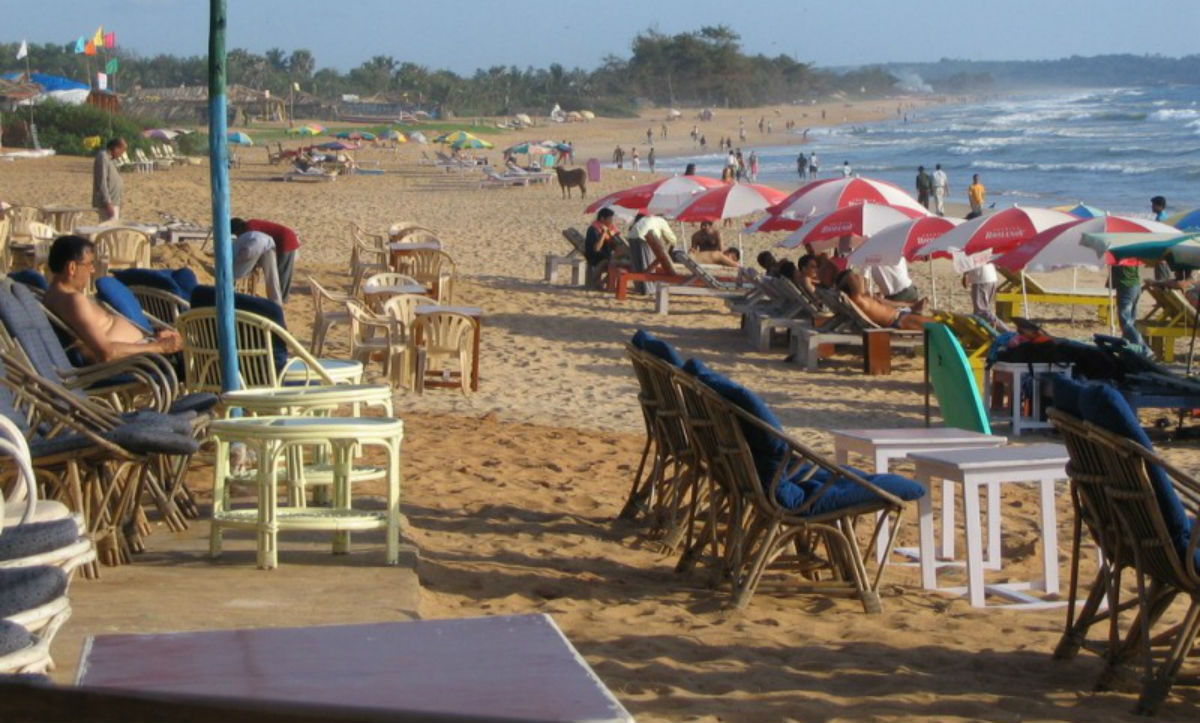Anger! A universal emotion that we all experience and mysteriously enough can be triggered by a range of factors. Have you ever wondered that no one ever teaches us how to get angry? It’s an emotion we don’t have to learn to experience or express. And yet, we speak of anger as if it’s a forbidden emotion, one which no one must experience.
There are so many common and disturbing narratives around anger. If children are getting angry then they are throwing temper tantrums to get what they want. If adults are expressing anger, they are just displaying their sense of entitlement and so on. Time & again, we view anger as that demon that is going to engulf us completely into oblivion.
At the crux of understanding anger, lies the concept of questioning that unfulfilled expectation which drives this intense emotion.
As a therapist, I believe that anger is a beautiful emotion, if only we make attempts to understand it better. Anger is that inroad to our mind, which is difficult but strikingly eye-opening to travel. At the crux of understanding anger, lies the concept of questioning that unfulfilled expectation which drives this intense emotion.
As parents, it’s imperative that we model healthy anger management skills in front of our children so that they can learn to do that as well.
For someone who has never experienced anger, it would be practically impossible to know what they really want from themselves, others & life in general. And therefore, when it comes to children and teenagers, we need to help them understand their anger rather than shun it as a totally shameful emotion to experience.
It is only when our children learn to understand where the anger is coming from, question it, dispute it, and consciously replace it with healthier emotions & coping mechanisms, will they have a better ability to manage their anger.
Simple techniques like counting backward, deep breath in & out, burning the excess energy off more constructively, tearing rough paper, banging on a pillow
As adults, parents, & caregivers we ourselves get overwhelmed by our anger, react impulsively, feel ashamed about experiencing the anger; and our children will then obviously pick up on that.
While the most rational way of managing anger would be to understand the failed expectation that is fuelling this emotion, here are some other ways in which we can teach our children to manage their anger:
- Help children differentiate between feelings, thoughts, and behavior. Even adults confuse one for the other, so children cannot be expected to intuitively know the difference. Help your children label their feelings and differentiate them from thoughts & actions. One way to do this would be to talk about feelings regularly and normalize conversations around emotions.
- Model appropriate anger management skills. Children learn best by imitation & modeling, two keys principles of behaviorism. As parents, it’s imperative that we model healthy anger management skills in front of our children so that they can learn to do that as well.
- Set family rules regarding aggressive behavior. Clearly lay down behaviors that are going to be deemed as inappropriate & not permitted when someone is angry at home. This way children will know that some behaviors are absolutely out of bounds when displaying anger.
- Focus on developing healthy coping skills. In an age-appropriate manner, teach your children healthier ways to deal with their anger. For example, instead of shouting at the child and saying, “Don’t do this”; give them a reason and be assertive about why a certain behavior is wrong.
- Sometimes consequences are essential. Positive punishment & negative reinforcement are two wonderful ways of ensuring that children understand that there are consequences to negative or unpleasant behavior, but at the same time, the consequences provide a platform for learning in themselves.
- Teach them some quick anger management hacks & remind them in times of crisis to use those hacks. Simple techniques like counting backward, deep breath in & out, burning the excess energy off more constructively, tearing rough paper, banging on a pillow, etc. are easy ways to bust steam and work for all age groups.
In conclusion, remember that anger is often about the perspective with which your child may be viewing a certain situation. Help the child acknowledge that perspective and then help your child work through adopting a healthier alternative of that perspective.
Photo by mohamed Abdelgaffar from Pexels






























